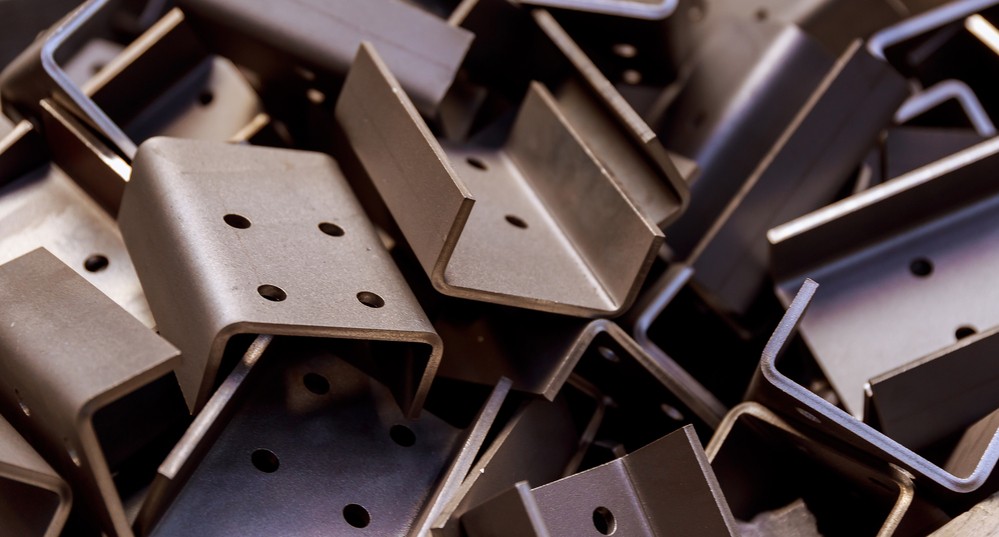
A Practical Guide To Stainless Steel Sheet Metal Fabrication
Stainless steel sheet metal fabrication is a technique in the creation of durable and high-quality metal products. This process essentially transforms flat sheets of stainless steel into precise configurations for a multitude of applications.
Its inherent properties and aesthetic appeal make stainless steel a favored material across industries, and with the right fabrication techniques, it offers great functional value. Here is an in-depth look at the material and its applications.
Properties of Stainless Steel
Stainless steel is renowned for its corrosion resistance. It derives this characteristic from the presence of chromium, which forms a passive oxide layer that protects the material. Besides its resistance to rust, stainless steel offers high strength, durability, and resistance to extreme temperatures, making it an ideal choice for various demanding environments.
Common Fabrication Techniques
- Cutting: Tools like laser cutters, plasma cutters, and water jets are used to slice through stainless steel with high precision. Shears are often utilized for straightforward cuts, and machine processing is mostly needed when material is sheared. In this step, the use of edging machines makes it possible to get edged flat bars, reducing the amount of time and effort that would be required for the extensive finishing of raw edges.
- Bending: Manufacturers use specialized tools and machines to bend the metal without altering its internal structure. This step helps in the creation of formed shapes without compromising the material’s integrity.
- Welding: Techniques such as TIG and MIG welding are commonly employed to join stainless steel components due to their ability to produce strong, clean welds.
Advanced Fabrication Processes
- Machining
While stainless steel is tougher to machine than other metals due to its hardness and strength, modern technology has equipped fabricators with sophisticated tools that can effectively handle the job. With the right equipment, it is possible to carve intricate details and achieve tolerances that are critical for high-spec applications.
- Finishing Techniques
To improve the appearance of the material, manufacturers various finishing techniques such as brushing, polishing, and bead blasting, which not only improve its aesthetic appeal but also help in increasing its resistance to corrosion and surface wear.
Practical Applications
- Construction
Stainless steel is extensively used in the construction industry for elements like roofing, cladding, and structural frameworks due to its longevity and minimal maintenance requirements.
- Automotive
In the automotive sector, stainless steel is used for exhaust systems and trim details for its ability to resist rust and maintain strength at high temperatures.
- Medical Devices
The non-reactive nature of stainless steel is crucial for medical tools and implants, ideal for the high levels of sterility and other safety considerations for medical environments.
Quality Control and Testing
Checking the quality of stainless steel products involves rigorous testing and control measures. Non-destructive testing methods such as ultrasonic testing and X-ray fluorescence (XRF) are used to detect internal and surface defects without damaging the part.
Advancing Capabilities in Stainless Steel Fabrication
● Improving Durability with Proper Material Selection
The longevity of stainless steel products significantly depends on the appropriate selection of stainless steel grades. Each grade varies in composition and properties, catering to specific environments and applications.
For instance, Grade 304 is commonly used for its excellent general corrosion resistance, while Grade 316 offers enhanced resistance against chloride environments, making it ideal for marine applications. Understanding these nuances is crucial in ensuring that the stainless steel used not only fits the functional requirements but also stands the test of time in its intended environment.
● Sustainability in Stainless Steel Fabrication
Sustainability is becoming increasingly important in metal fabrication. Stainless steel is particularly advantageous as it is 100% recyclable, reducing the environmental impact associated with its production and disposal.
By incorporating sustainable practices, such as optimizing material usage and recycling scrap metal, fabricators can minimize waste and energy consumption.
● Integrating Advanced Software for Design Optimization
In stainless steel sheet metal fabrication, the integration of advanced software plays a critical role in optimizing design and enhancing production efficiency.
Cutting-edge tools and machines as well as software tools such as CAD (Computer-Aided Design) and CAM (Computer-Aided Manufacturing) enable engineers to create precise and intricate designs before the fabrication process begins.
This preemptive planning helps in identifying potential issues and making adjustments early on, reducing material waste and saving time.
Moreover, these tools allow for seamless transitions from design to production, ensuring that every specification is accurately translated into the finished product. This approach streamlines the fabrication process and improves the overall quality and fit of the components.
Choosing the Right Partner in Metal Fabrication
Gauer Metal Products has extensive experience in metal product design, engineering, and manufacturing to provide superior stainless steel sheet metal fabrication services.
Our state-of-the-art facility features cutting-edge equipment and technology that allows us to handle every type of project, however complex or extensive. We understand everything about working with stainless steel and every part we produce meets the highest standards of quality and precision.
As leaders in the field of metal fabrication, we focus on delivering products that meet the exact requirements of our clients and offer guidance and support throughout the project lifecycle. This combination of experience and excellent equipment and our focus on customer satisfaction makes us your ideal partner in fabrication.
Let us help you turn your project concepts into reality with efficiency and expertise for the best results possible.
